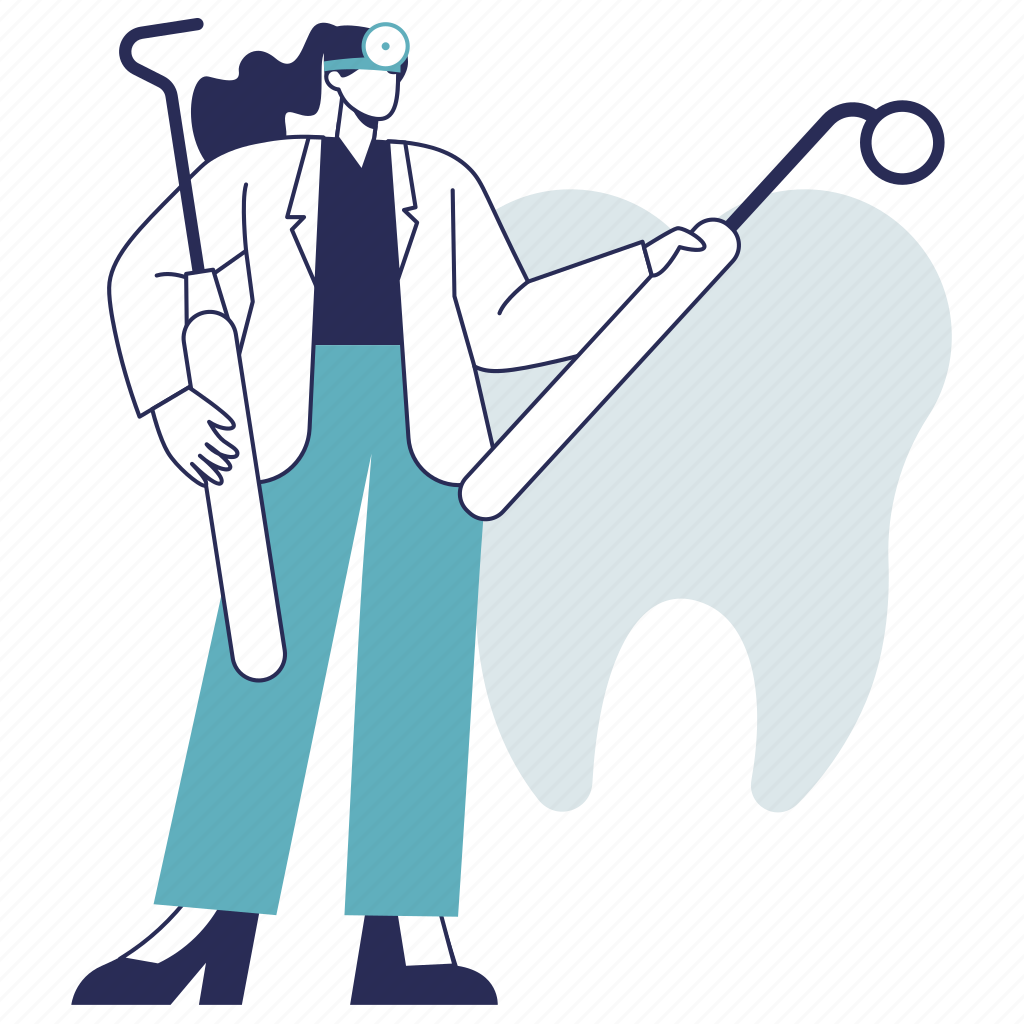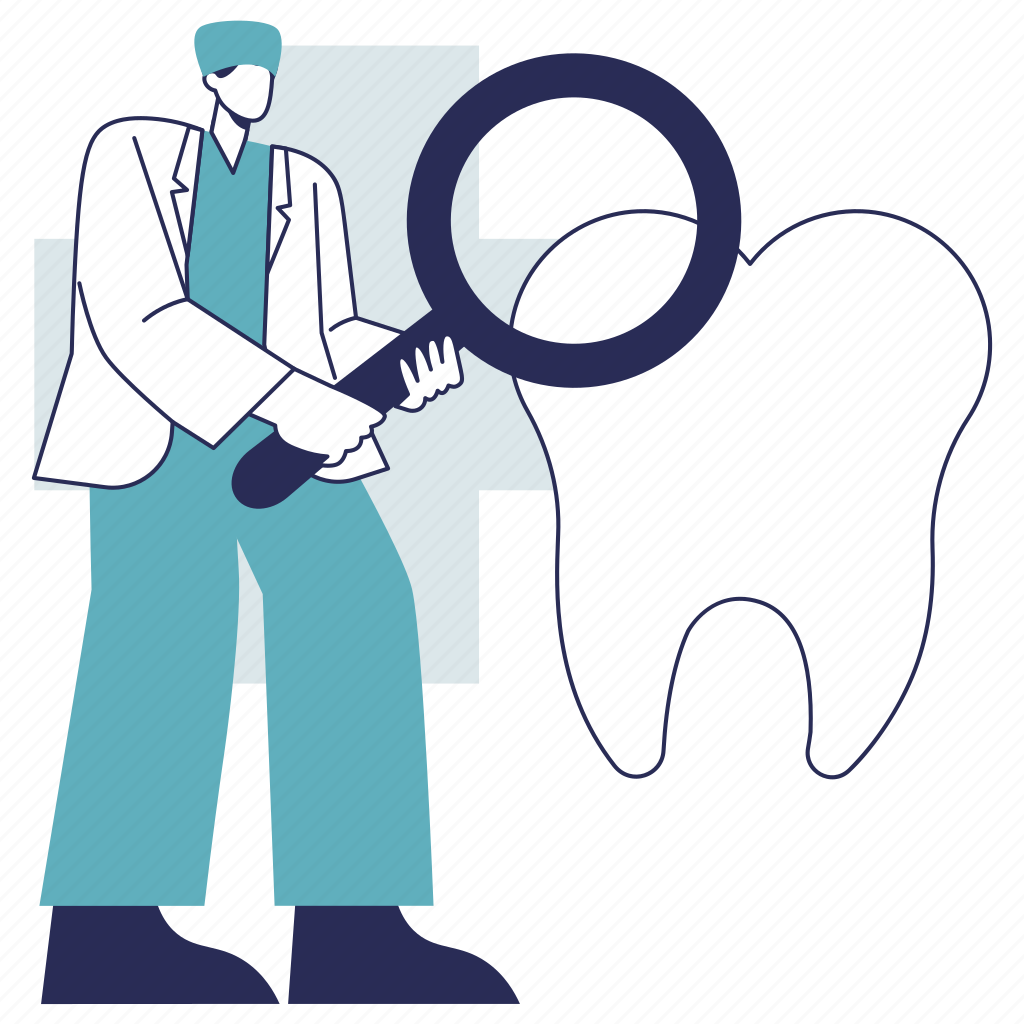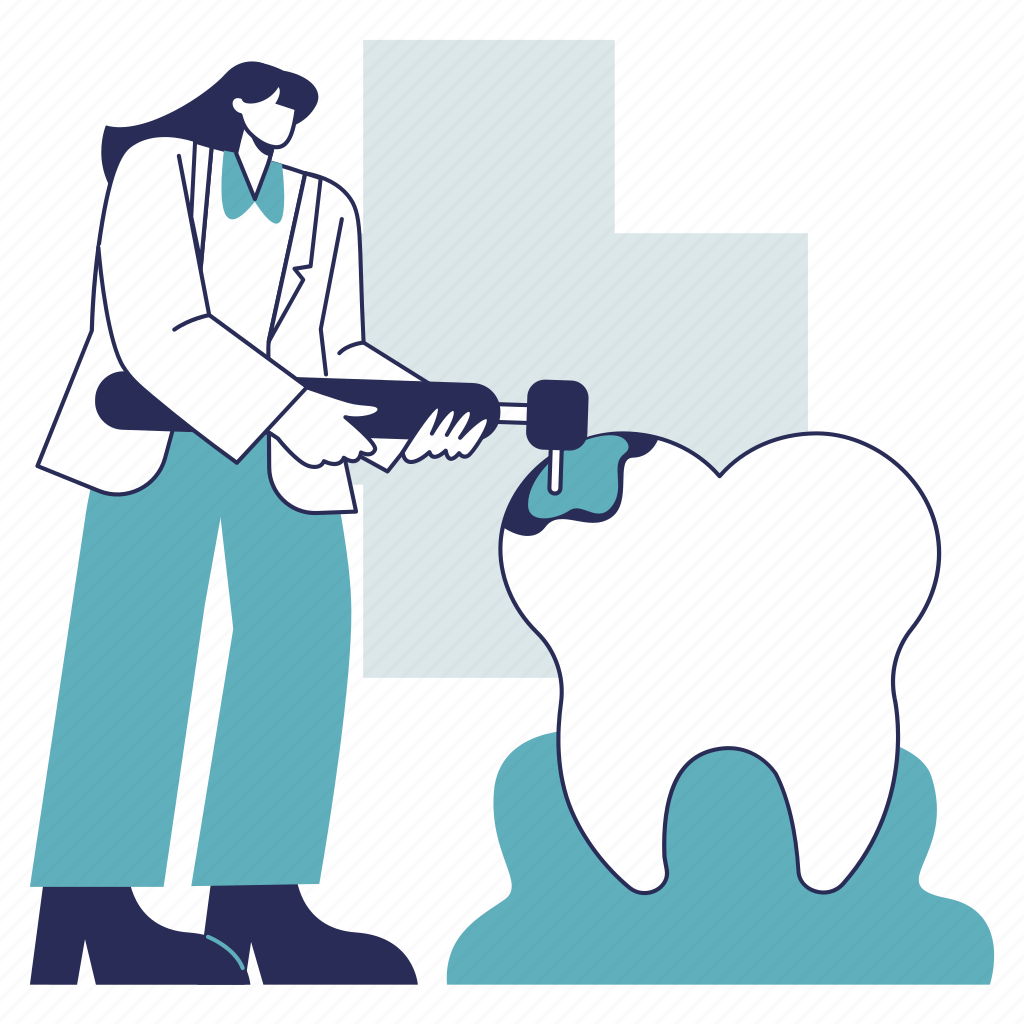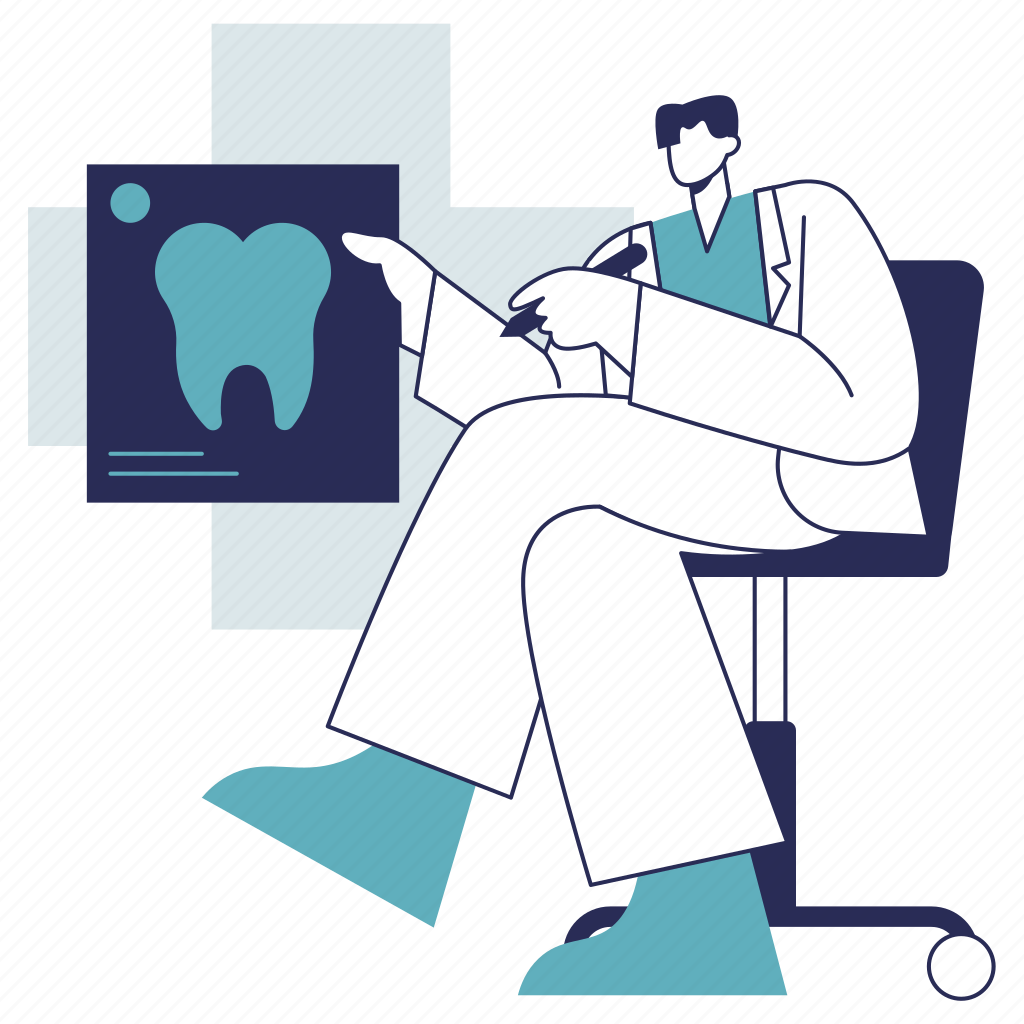
Dry mouth
Dry mouth, also known as xerostomia, is a common condition that can affect older adults. It can occur due to several possible reasons, including:
Medications: Many medications can cause dry mouth as a side effect, including those for high blood pressure, depression, and bladder control.
Dehydration: Losing more fluids than you take in can lead to dry mouth.
Other health conditions: Dry mouth can be a symptom of an underlying problem, such as Alzheimer’s disease or a stroke.
Root caries (cavities)
Root caries is one of the most significant dental problems among older adults today. Many studies have demonstrated that older adults are at greater risk for developing root caries.
Risk factors
Older adults are more likely to develop root caries due to a number of factors, including:
Receding gums: As people age, their gums often recede, making it easier for cavities to develop at the root of the tooth. Other factors include Dry mouth/ Medications and health conditions /Poor diet /Poor oral hygiene.


Periodontal (gum) disease
- Medications: Some medications used to treat age-related conditions can increase the risk of oral infections.
- Hormonal changes: Menopause can lead to hormonal imbalances that can cause gum disease.
- Other diseases: Chronic conditions like heart disease and diabetes can increase the risk of infections and slow healing.
- Poor nutrition: A deficiency in vitamin C can cause gums to bleed and swell. Physical and mental decline: Decreased mobility and mental decline can make it difficult to maintain good oral hygiene.
Pathology
- Xerostomia: Dry mouth, which affects 30% of patients over 65 and 40% of patients over 80. It can be caused by medications or underlying disease.
- Periodontitis: A bacterial infection that can lead to tooth loss, gingivitis, and bone resorption. 70% of people over 65 have periodontitis.
- Edentulism: Complete loss of natural teeth.
- Caries: Tooth decay or cavities caused by bacteria.
- Oral cancer: The most common form of head and neck cancer.
- Oral candidiasis: A fungal overgrowth that can cause white patches and red bumps inside the mouth, as well as cottonmouth

